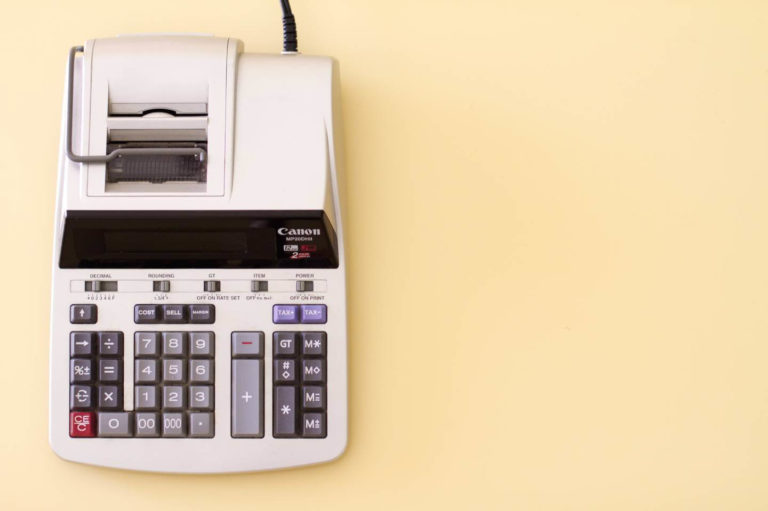Most people operating an e-commerce store know how important logistics are; with good logistics comes a loyal customer base that will come back and buy from you time and time again. Given that studies have shown that it costs the average company five times more to attract a new customer than retain an existing one, you need to be doing all you can to provide a service level that always leaves them wanting more.
There are plenty of strategies that you can try out to encourage repeat custom, however, before you go off and explore them all, it is important to get one squared away first: logistics. Without good logistics, you will struggle to be consistent, reliable, and properly fulfill your customers’ orders. If orders are dispatched late or take forever to be delivered, your customers are highly unlikely to return.
To build a pool of customers who are happy and will return time and time again, you need to build and maintain an efficient and reliable logistics strategy. This may sound complicated, however, there are several things you can do to make the entire process a breeze.
5 Tips to Improve Your Organization’s Logistics
These are just five of many tips and suggestions.
1. Be up-front and honest about shipping prices and conditions
Your customer will not be loyal to you if they do not feel as if they can trust you; it’s impossible to get a long-term customer without it.
Transparency in key areas such as your product pricing and shipping is one way you can establish trust early on in the game. To achieve this, make sure that you clearly set out all your different delivery options, prices, dispatch times, and estimated delivery dates that account for occurrences such as postal delays and public holidays.
Making these details easy to find and free of any jargon will go a long way.
2. Offer lots of different options
It’s not all about transparency; flexibility is just as important. Customers today are pretty centered around themselves and they expect vendors such as yourself to offer options that meet their lifestyle choices and needs.
Customers are notorious for filling their basket up and then abandoning at the checkout process, but why? Probably because they haven’t seen the delivery option they were expecting.
Don’t just offer door-to-door delivery, have pick-up and collection options available, too. Some people live in areas where delivery is difficult, and some people aren’t at home at all hours.
3. Prepare yourself properly
Inventory management and choosing reliable suppliers are central to the success of your logistics. Whether you manage your product supply in-house or outsource it, you need to have it fully under control.
Ensuring that your product inventory is managed properly, you are paying attention to supply and demand (this is where historical sales data really comes in handy), you are carefully calculating stock, and only work with reliable providers are all preparation methods that have a severe impact on your company’s logistics.
4. Choose good shipping partners, too
While your customers don’t often care who is delivering their package, it should matter to you—your shipping partner is a direct reflection on your brand. Who do you think the customer is going to get upset with if a delivery partner lets them down? You, obviously!
To that end, make sure that you consider other elements in addition to price when choosing which shipping provider to partner with. Look for key data such as successful delivery rates, search the internet for reviews, and find out who some of their current partners are and approach them.
5. Consider your returns policy
You should always have a returns policy in place. If a customer isn’t 100 percent satisfied by their purchase, you can guarantee it is coming back to you. Further to this, if a customer has a bad returns experience then they will likely be unwilling to buy from you again.
Make great efforts, even if it means making a financial loss, to streamline the returns process. Send out complimentary packaging for them to return their goods in, cover the cost of shipping, and offer some form of a discount on their next order to “apologize”. Everything here counts.











